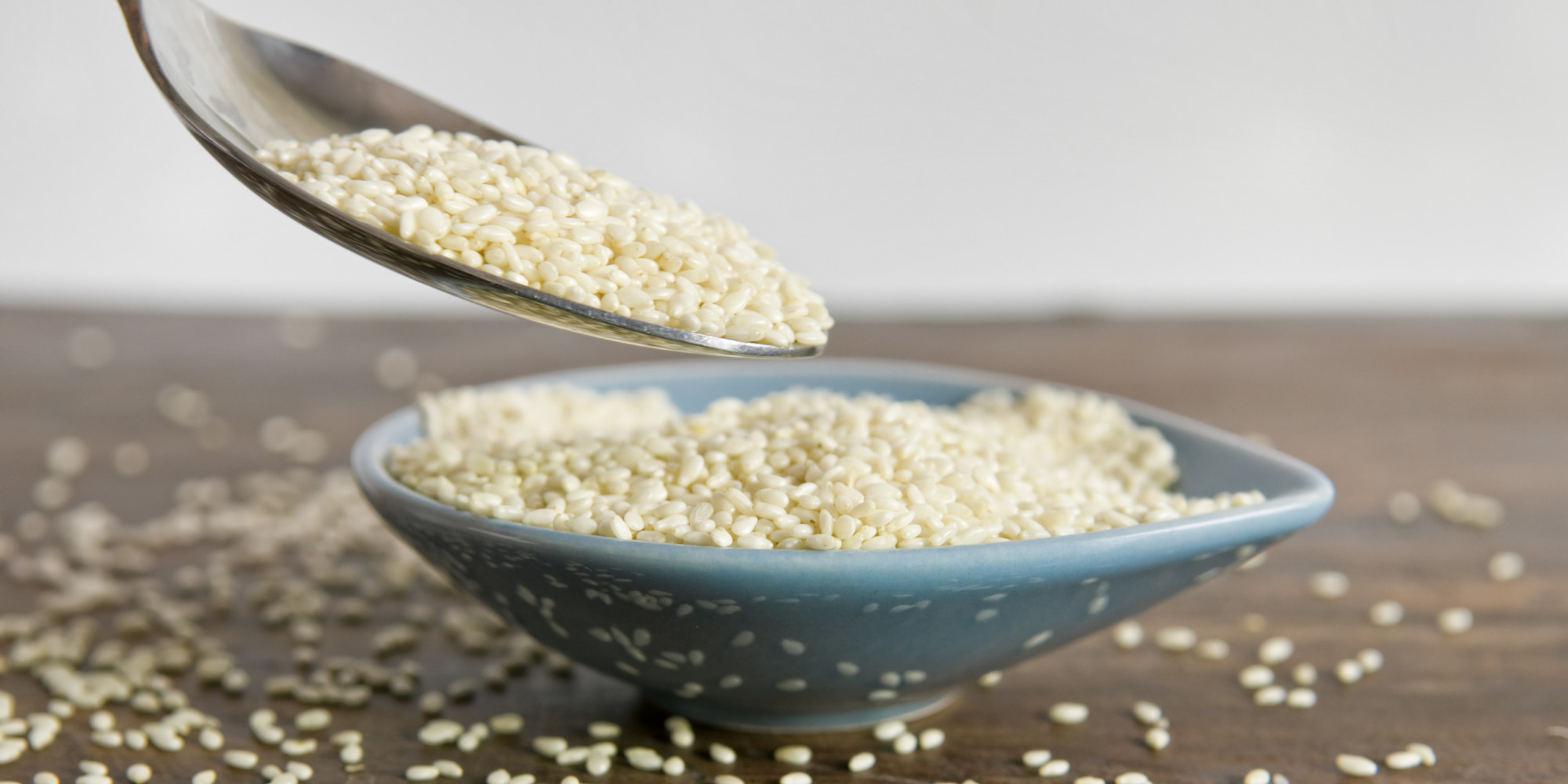Plant physiologist: Use plants to reduce indoor pollution and save energy
05/30/2018 / By Michelle Simmons

The use of plants indoors can reduce pollution can reduce pollution and save energy, according to a plant physiologist at the National Research Council of Italy – Institute for Sustainable Plant Protection.
“For most of us plants are just a decorative element, something aesthetic, but they are also something else,” plant physiologist Frederico Brilli said.
Plants are so much more than their appearance. The use of plants indoors can improve air quality in different ways. Firstly, they absorb carbon dioxide and release oxygen through photosynthesis. Because of their ability to transpire water vapor through their tiny leaf pores, they also increase humidity. Lastly, they can passively absorb pollutants on the external surfaces of leaves and on the plant root-soil system.
Brilli and his colleagues suggested that a better knowledge of plant physiology, together with the integration of smart-sensor-controlled air cleaning technologies, could enhance indoor air quality in a cost-effective and sustainable way. This was based on their review that was published in the journal Trends in Plant Science.
According to the researchers, they do not intend to replace modern heating, ventilation, and air conditioning systems with plants. Instead, they propose combining plants and smart sensors in a network together with other computerized technologies to increase indoor air quality.
This carries a significant implication for those living in industrialized countries, where they spend 80 percent of their lives indoors, more so in air-tight buildings. Even though these structures need less energy for heating, ventilating, and air conditioning, they can be harmful to human health if particulate matter and potentially toxic gases build up indoors. In particular, toxic substances such as carbon monoxide, ozone, and volatile organic compounds, can come from furniture, paints, carpets, and office equipment.
The researchers also found that there was little research done to quantify the effects of various plant species on indoor air quality. More studies were also needed to determine the characteristics of the highest-performing plant species in indoor environments, such as their leaf shape and size, anatomy, and physiology. These could provide more information on how to maximize the benefits of using plants indoors. Studies are also needed to understand plant microbiomes – some microbiome can reduce air pollutants, but some may also be harmful to humans. They may trigger allergies and lung inflammation issues. Therefore, knowing which ones to avoid would be helpful.
Houseplants for improving indoor air quality
Here are some plants you can add to your home to improve air quality:
- Garden mum – According to NASA’s research, this plant can remove ammonia, benzene, formaldehyde, and xylene from indoor air. In addition, this plant is inexpensive and available at garden stores.
- Spider plant – This plant is one of the easiest houseplants to grow. Spider plants can remove formaldehyde and xylene in the air. It also loves bright indirect sunlight.
- Dracaena – Dracaena comes in over 40 varieties. It can remove pollutants like benzene, formaldehyde, trichloroethylene, and xylene. People who own cats or dogs might want to refrain from getting this plant as it may be toxic to their pets.
- Ficus/Weeping fig – This plant can grow between two to 10 feet tall. It is low-maintenance and loves bright, indirect sunlight. It can remove benzene, formaldehyde, and trichloroethylene.
- Peace lily – Although small, peace lily plants are great for cleaning the air. This plant removes ammonia, benzene, formaldehyde, and trichloroethylene.
- Boston fern – Although this plant is relatively easy to grow, it needs to stay moist. It prefers to clean the air from a cool location with high humidity and indirect light. Boston fern can remove formaldehyde and xylene.
Read more news stories and studies on air pollution by going to Pollution.news.
Sources include:
Tagged Under: air, air quality, clean air, energy, environment, houseplants, indoor, indoor plants, Plants, pollutants, save energy



















